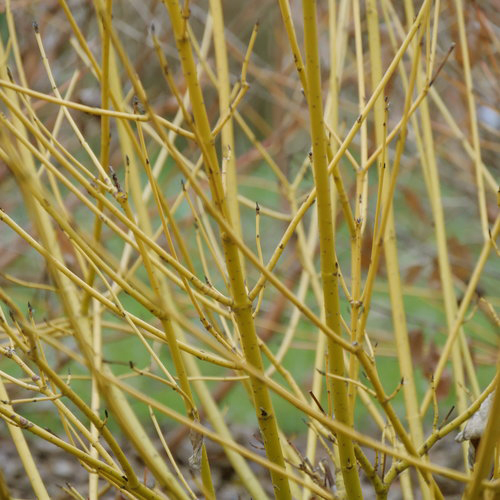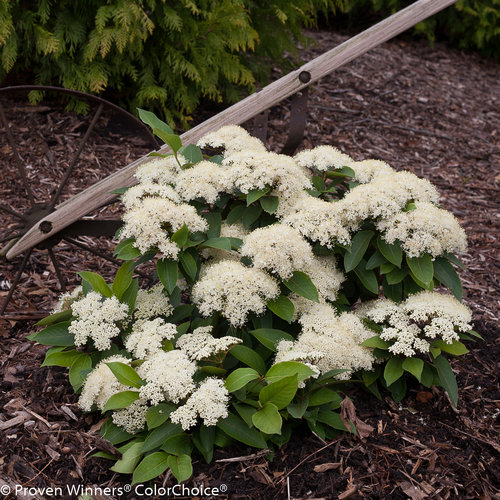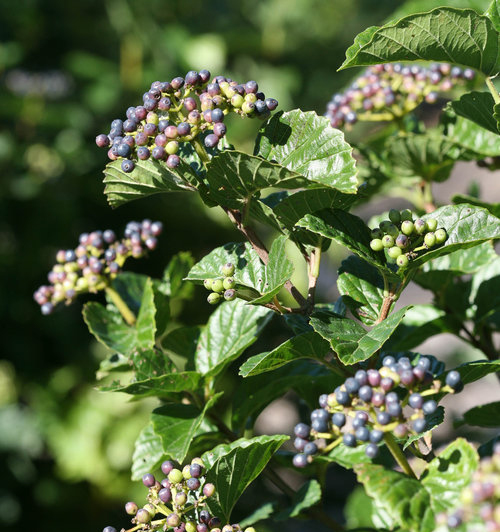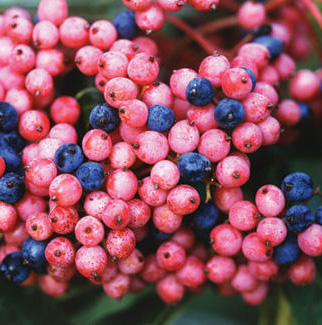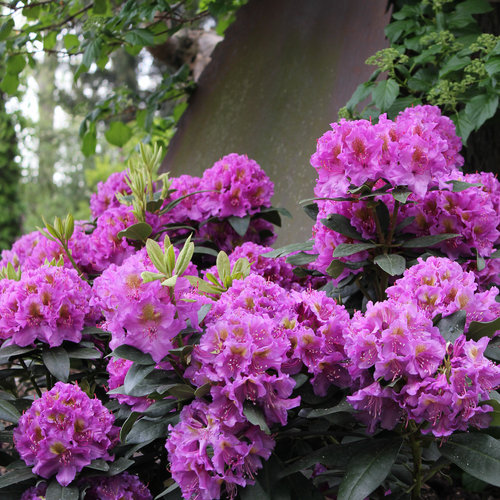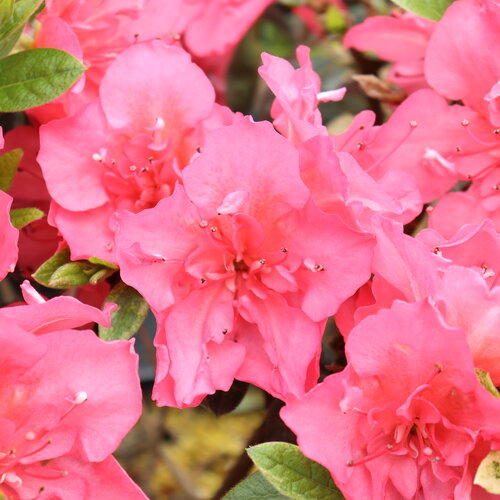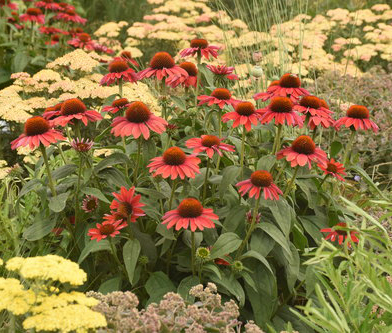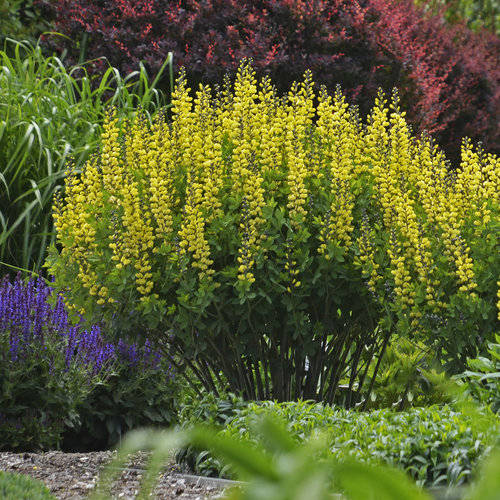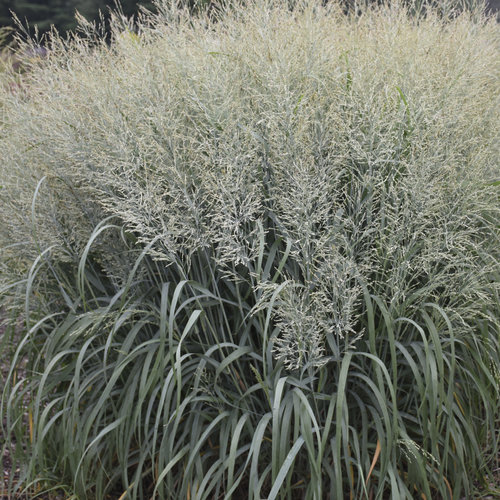Exploring Bird Friendly Native Plants
Looking to add more native plants that will help support the birds who call your garden home? This is a great place to start.

One of the greatest joys in gardening is observing the fauna that shares your garden with you. You are probably already attuned to the pollinating bees, butterflies and hummingbirds. However, there are many other critters that may call your garden home (or at least come to visit from time to time.) Let's take a closer look at plants that can help you welcome all sorts of birds, including our beloved hummingbirds, to your little piece of paradise.
Below, you will find ideas for North American native cultivars you could be growing to support your local bird population. Some provide food while others make a safe place to shelter and nest. Remember to supply fresh water too, if you'd like the birds to stick around.
If you are looking for a tough, self-sufficient flowering annual that with thrive in heat and drought, consider Ladybird Sunglow Texas primroses. This Southwest native needs well-drained soil and works beautifully in hanging baskets, window boxes and upright containers. The nectar in its blossoms are a delight for hummingbirds, butterflies and pollinating bees. Because of its wispy foliage, deer typically pass it right on by in favor of something meatier.
|
Grown primarily for their colorful winter bark which is showiest after their leaves fall, these dogwood shrubs provide dense cover for birds during the growing season. If you don't cut the stems for winter arrangements and leave them be to flower in late spring, you'll also see berries develop which birds will happily snap up. Because these cultivars stay much smaller than the species, they are easier to fit into urban gardens. They thrive in moist soil in sun or shade.
|
Songbirds will flock to your garden to gorge on winterberries once they've ripened, which can be anywhere from early winter to late winter depending on where you live. By providing a winter food source, you'll encourage birds to make your garden home year-round. Winterberry holly supports fruit-eating birds like robins, catbirds, bluebirds and waxwings, to name a few. |
Here's one of the smallest viburnums you'll ever see, topping out at just 1 to 2 feet when mature. It transforms into a puffball of creamy-white, fragrant flowers which attract pollinators in late spring. Dense, glossy foliage is good at hiding birds that spend much of their time on or near the ground, and it takes on good fall color, too. Its dwarf habit makes it eminently versatile in landscapes. |
Arrowwood viburnums are beloved by birds for both the berries they produce as well as the shelter and nesting opportunities they provide. They range quite a bit in size and berry set, so be sure to read up on them before you buy. Arrowwood viburnums typically need a compatible pollinator variety nearby in order for fruit to be set. In such cases, we list a suggested pollinator in the plant's description. Glitters and Glows® arrowwood viburnum conveniently includes two compatible types in one container, taking the guesswork out and assuring berry set every year. |
The vibrant berries of Brandywine viburnum are some of the most beautiful of all fall fruiting shrubs, with colors ranging from vivid pink to dark blue. Though this variety will produce some fruit on its own, you'll see even more if you plant it near a compatible pollinator such as 'Winterthur' viburnum. This shrub grows best in part sun to sun in loose, moist soil where it will need some room to mature to its full 5-6 foot size. |
There are many different kinds of evergreen junipers, some of which are native to the U.S. Their size and form ranges greatly from the ground hugging Tortuga® native juniper to tall, pyramidal forms like Gin Fizz®. They have earned their reputation as durable landscape plants that can handle drought, wind, sun and deer pressure. Those that produce berries like Gin Fizz provides a food source for birds as well as a place to hide or nest. Shorter selections act as a perch while scouting for food or a quick place to hide from predators. All bring structure and color to the garden, which is especially welcome in winter. Size and hardiness ranges by variety. | We've worked with rhododendron breeders from across the country to develop this series of especially durable varieties. Cold winters, hot summers and heavy soils can all be challenging for these broadleaf evergreen shrubs, but these varieties have all been trialed and tested for success. In the winter, you'll find birds using them for shelter from wind, snow and rain. They also become an important hiding place at a time of year when many other plants are bare. In spring, their large clusters of showy blossoms are attractive to bumblebees. Part sun to sun | Selected for their impressive spring bloom and summer through autumn rebloom, you'll find that this new series of azaleas also has good hardiness and heat tolerance. Look for a wide range of colors including both single and double-flowered selections in shades of pink, red, lavender and white. Azalea flowers provide nectar for hummingbirds and also support various caterpillars that become food for baby birds. Part sun to sun |
Did you know that there are many different native species of coneflowers in North America? Plant breeders have crossed many of them the come up with brightly colored selections like those you'll find in this series. Their large, plentiful blooms are popular among butterflies and bees. Once the flower petals fade, goldfinches and other songbirds move in to feast on all the seeds packed into those spiny cones. Leave them standing at the end of the season as an early winter food source for birds.
|
Here's one of the most durable native perennials you'll find for your pollinator garden. Developed by crossing several native species of Baptisia collected across the Great Plains, the Decadence series includes an array of colorful, relatively dwarf cultivars that fit into most sunny gardens. You might mistake them for a shrub in the summertime. Their dense canopy of foliage provides a hiding place and perch for birds. They also enjoy the seed pods which develop in place of the spent flowers.
|
Switch grass is a common type of native prairie grass that forms dense clumps of foliage topped with wispy seed panicles from fall into winter. Our best-selling variety, 'Cheyenne Sky', is just as durable as the species but adds dramatic scarlet red color to the mix beginning in early summer and turning all-red in fall. The new 'Niagara Falls' switch grass is especially full and floriferous, providing both shelter and food for birds from summer through winter. Full sun |




